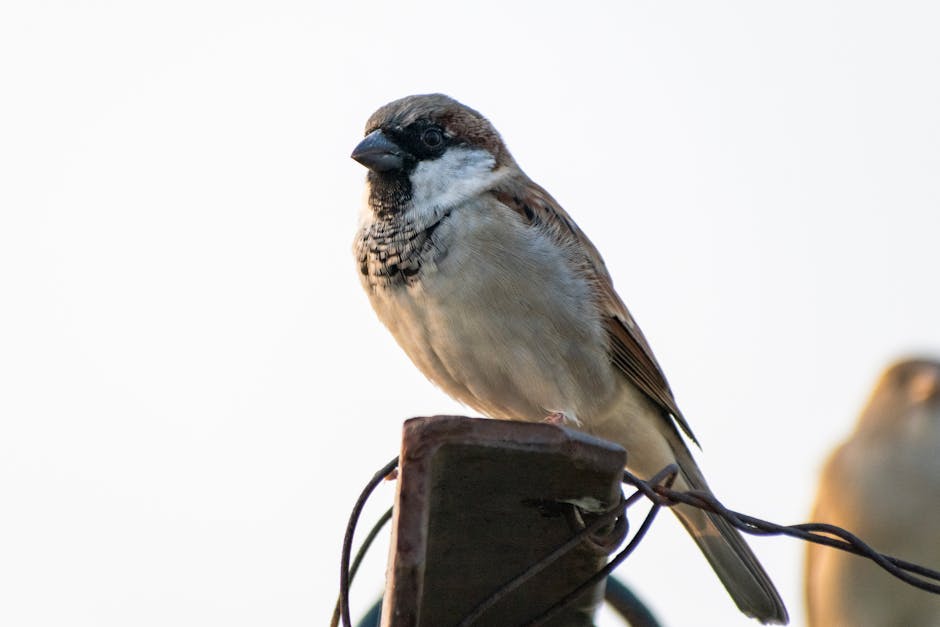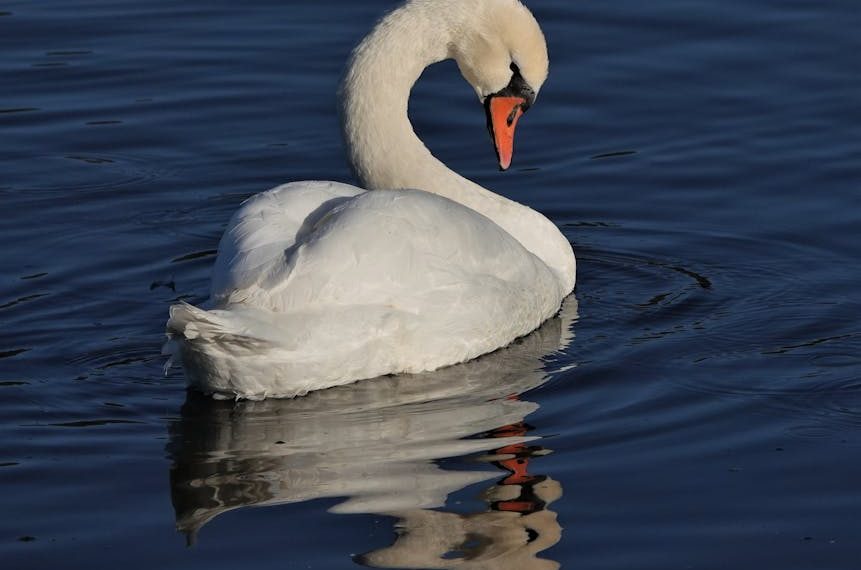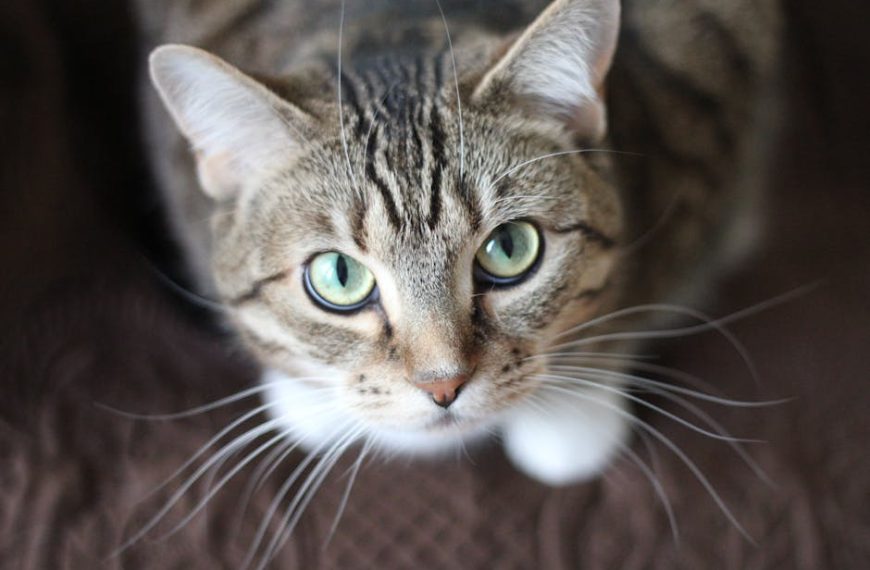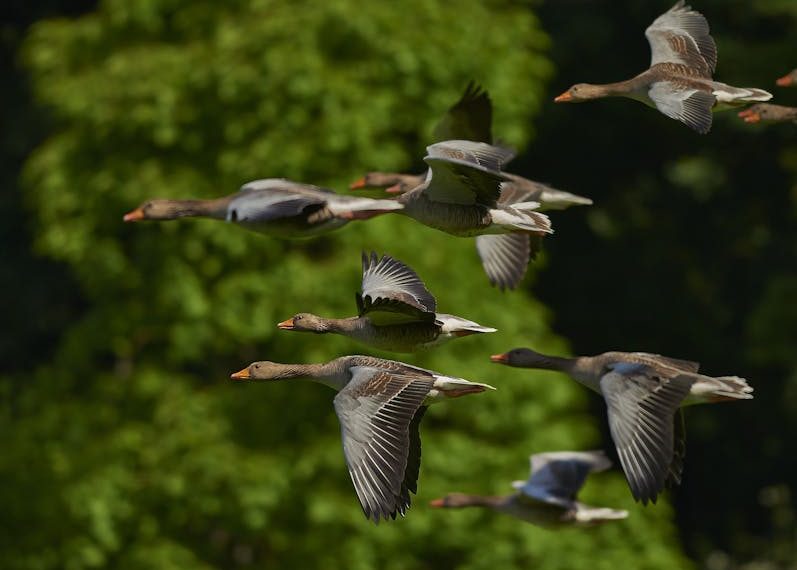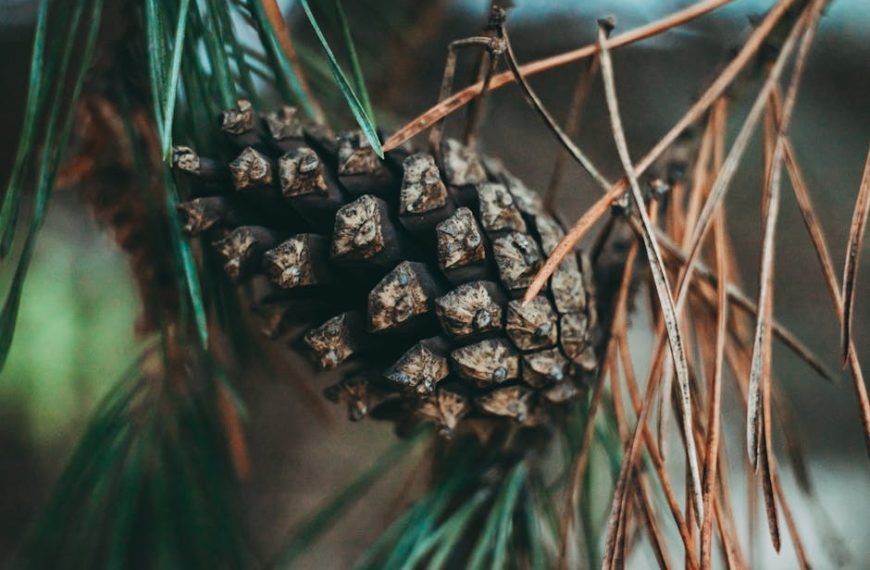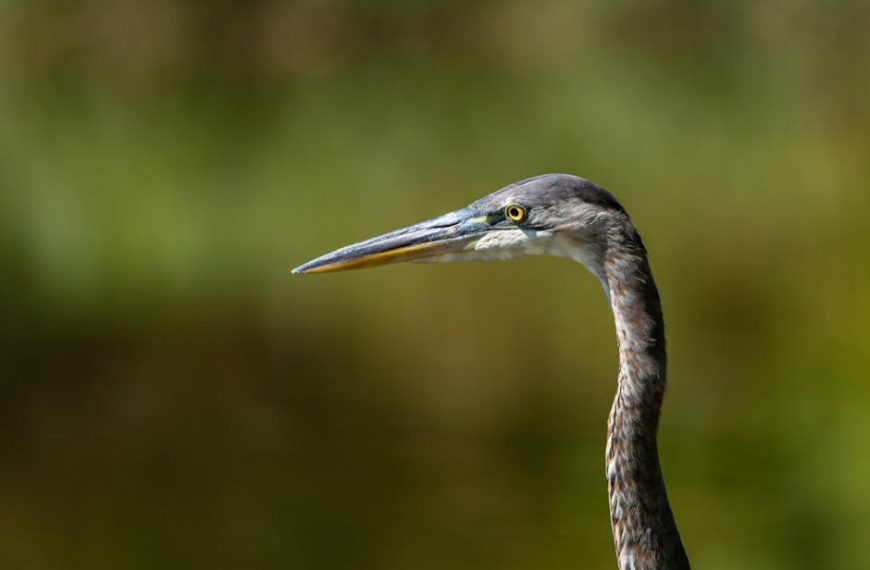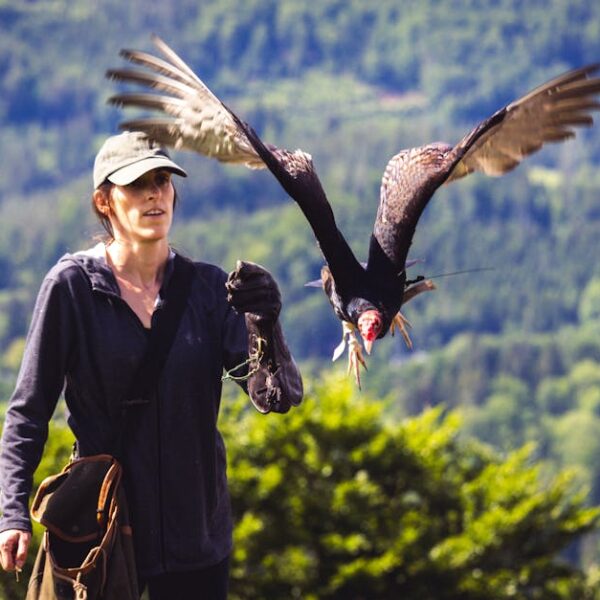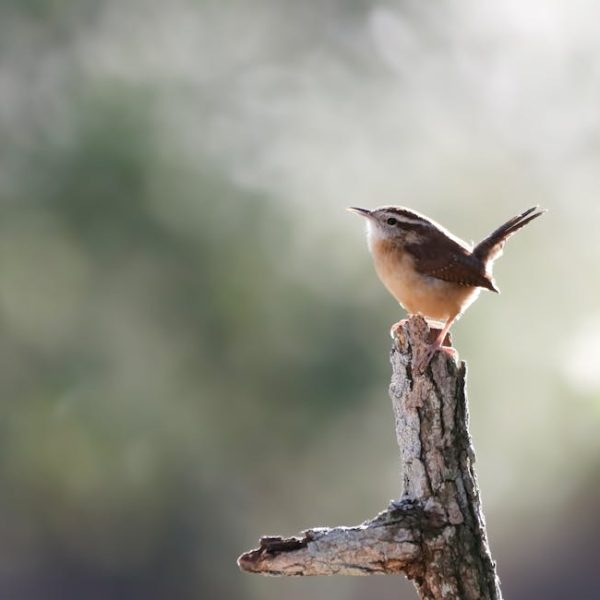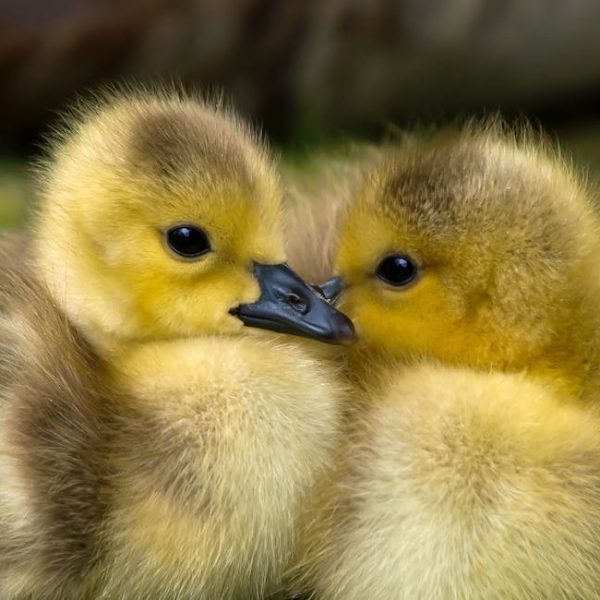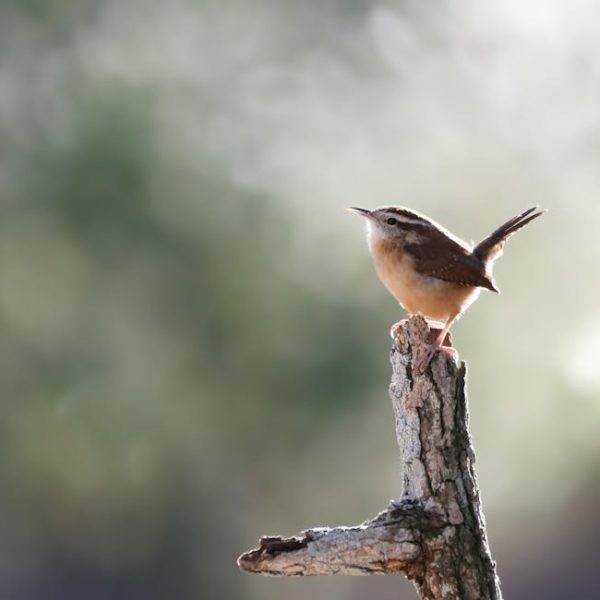When birds find their way into your home and start nesting in your walls, they can cause noise disturbance, unsightly droppings, and potential damage. However, it’s essential to ensure their removal is done safely and humanely. This article will guide you through the signs of a bird infestation and present you with effective and humane methods for bird removal, preventive measures to deter future invasions, and situations in which seeking professional help might be a wise decision.
Detecting Bird Infestation
Bird infestation in your household is usually betrayed by telltale signs like unusual noises or bird droppings. If you hear scratching, chirping, or fluttering sounds coming from your walls especially during the early morning or evening, there’s a high possibility that you’re housing feathered lodgers. Observing bird droppings near holes or cracks in your walls is another clear indication.
Here’s a simple checklist to help you confirm a bird infestation in your household:
- Investigate unusual noises from your walls
- Look out for bird droppings
- Check for visible nests or feathers
Pro Tip: Schedule your bird infestation checks in the early mornings and evenings. These times tend to be when birds are most active, increasing your chances of confirming their presence.
Understanding the Bird Invaders
Identifying the type of birds nesting in your walls is crucial as different species exhibit varying behaviors. Some common guests include the starlings, sparrows and woodpeckers. Identifying the birds requires keen attention to attributes such as their color, size, and sounds made.
Best Practice: Consider using online bird identification guides or applications. They often come with extensive bird databases and can make the identification process a whole lot easier.
Using Humane Bird Removal Techniques
It’s crucial to prioritize the safety of both your household and the birds when trying to evict them from your walls. Numerous humane methods, such as using bird deterrents or live traps, can be utilized. When employed correctly, these methods can encourage the birds to vacate their nests without causing harm.
Best Practice: Always ensure you check and adhere to local wildlife laws and regulations in your area when implementing bird removal techniques. You should also avoid removing birds during breeding season to prevent leaving hatchlings orphaned.
Preventive Measures to Avoid Bird Infestation
Prevention is key in avoiding future infestations. This involves making your home uninviting for the birds by sealing potential nesting entries or placing deterrents.
Here’s a preventive measures checklist:
- Seal holes and cracks in the walls
- Install bird spikes or netting to deter landing or nesting
- Clean your surroundings regularly to deny birds access to food
Pro Tip: Regular maintenance, like tree trimming and cleaning roof gutters, can help make your residence less hospitable for birds seeking nesting spots.
Seeking Professional Help
There may be cases where you find the bird infestation too large or complex to handle yourself. In such instances, seeking the help of professional bird removal services is a good course of action. Hiring professionals ensure minimal distress to the birds and can prevent damage to your property.
Consider the following comparison between DIY and professional bird removal methods:
| DIY Bird Removal | Professional Bird Removal | |
|---|---|---|
| Efficacy | Potentially effective with small infestations | High success rate even with larger infestations |
| Cost | Lower upfront cost, but potential for more damage costs | Higher upfront cost, but less likelihood of property damage |
| Time | Can be time-consuming to learn techniques | Services are quick and efficient, saving you time |
| Humane Treatment | Potential for mistakes with inexperience | Well-trained in humane removal techniques |
Best Practice: When selecting a professional service, ensure the service providers adhere to humane bird removal practices. Recommendations from friends or reviews online can help guide you to choose a reliable service provider. Furthermore, ask about their processes and if they offer preventive measures to avoid future infestations. Following these steps will help you remove birds from your house walls safely and humanely, preventing future invasions while causing minimal distress to the birds.
Key Takeaway:
- Detecting a bird infestation involves listening for unusual noises, looking for bird droppings, or spotting visible nests or feathers.
- Identifying the species of the bird is crucial due to different behaviours among species. Common invaders include starlings, sparrows, and woodpeckers.
- Using humane bird removal techniques ensures bird safety. Options include bird deterrents or live traps.
- Preventive measures include sealing nesting entries, placing deterrents, and maintaining a clean environment.
- In cases of large or complex infestations, it might be necessary to seek professional help. Comparing DIY and professional solutions can provide insight on the appropriate solution.
Conservation of bird species is essential, and our homes can inadvertently become a refuge for them. While their presence may cause some inconveniences, ensuring their safe and humane removal is our responsibility. Each step in this guide not only caters to effective bird removal but also focuses on minimizing harm to these winged guests. Lastly, maintaining preventive measures can keep your home secured against future invasions.
FAQs
Q: What are the health risks associated with a bird infestation?
A: Bird droppings can carry diseases that might be harmful to humans. Additionally, constant noise from birds can disturb your sleep leading to health consequences.
Q: Can I use harmful substances on birds to remove them?
A: No, it’s important to prioritize the safety of the birds. There are various humane methods you can use to safely remove them.
Q: What is the best time of the year to remove bird nests?
A: Ideally, you should avoid removing bird nests during the breeding season to avoid leaving hatchlings orphaned.
Q: Can I handle a bird infestation by myself?
A: While small infestations can be handled individually, larger and more complex infestations may require professional help to ensure minimal distress to birds.
Q: What should I look for in a professional bird removal service?
A: Ensure they adhere to humane practices, have good reviews, and offer preventive measures against future infestations.
Feel free to share this article with others dealing with similar issues and explore more posts on our website for extensive content on home maintenance.
